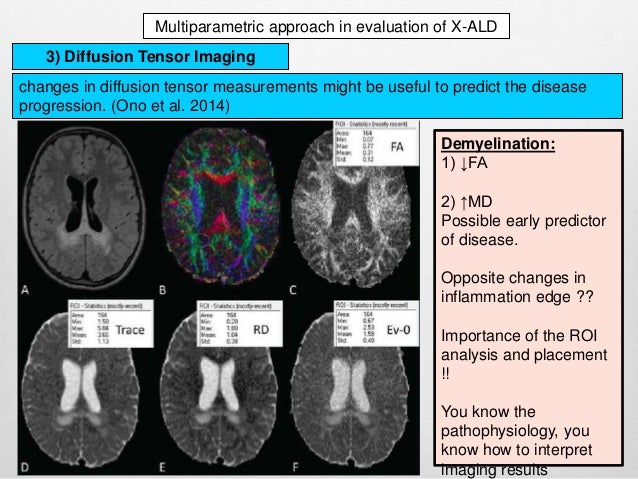

Here, ABCD1 remains a susceptibility gene, necessary but not sufficient for inflammatory demyelination to occur. In about 60% of male X-ALD patients, either in childhood (35–40%) or in adulthood (20%), an initial, clinically silent, myelin destabilization results in conversion to a devastating, rapidly progressive form of cerebral inflammatory demyelination. The default manifestation of mutations in ABCD1 is adrenomyeloneuropathy, a slowly progressive dying-back axonopathy affecting both ascending and descending spinal cord tracts as well as in some cases, a peripheral neuropathy. There is no general genotype–phenotype correlation in X-ALD. The phenotypic variability is remarkable ranging from cerebral inflammatory demyelination of childhood onset, leading to death within a few years, to adults remaining pre-symptomatic through more than five decades. ABCD1 transports CoA-activated very long-chain fatty acids from the cytosol into the peroxisome for degradation. The genetic bases for all different phenotypic variants of X-ALD are mutations in the gene encoding the peroxisomal ATP-binding cassette (ABC) transporter, ABCD1 (formerly adrenoleukodystrophy protein, ALDP). Currently the molecular basis for the clinical heterogeneity of X-linked adrenoleukodystrophy (X-ALD) is poorly understood.


 0 kommentar(er)
0 kommentar(er)
